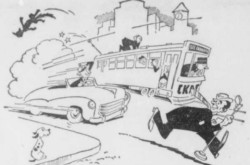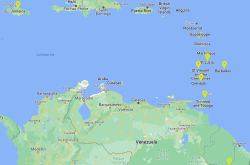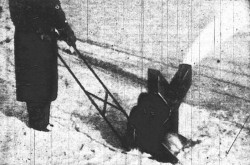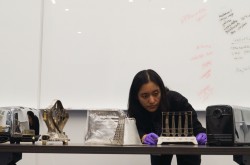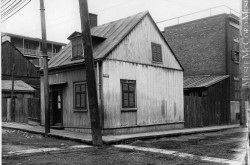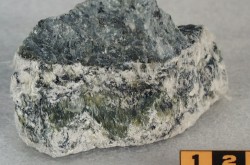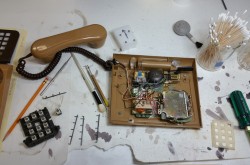Electric Wheelchair
This article was originally written and submitted as part of a Canada 150 Project, the Innovation Storybook, to crowdsource stories of Canadian innovation with partners across Canada. The content has since been migrated to Ingenium’s Channel, a digital hub featuring curated content related to science, technology and innovation.
The veteran’s new legs.
War is often an exercise in unintended consequences. The wonder-drug penicillin, for instance, enabled thousands of gravely injured World War Two servicemen to survive their wounds, yet many of these otherwise doomed veterans returned to their homes and families as paraplegics and quadriplegics. Conventional wheelchairs were of little use to these men, whose manual strength and dexterity had been impaired or eliminated. George Klein embraced this new challenge—an unforeseen consequence of survival by Canadian vets. In 1953, the engineer at Canada’s National Research Council developed the world’s first electric wheelchair. Three features set it apart from anything to date: the voltage of the chair’s motor enabled it to climb all but the steepest inclines; its power supply was strong enough for the chair to be used both indoors and outdoors over long stretches of time; and independent drives for each of its wheels gave the chair the ability to pivot sharply and thereby operate in close quarters. The control switch on this nimble wheelchair resembled the joystick found on today’s game consoles. George worked closely with patients to adjust the electric wheelchair for their specific needs, modifying one chair to operate with cheek rather than hand pressure. With this and other refinements, he made it possible for many World War Two veterans to live richer lives. That alone is a worthy enough deed and legacy. Yet his advance did more: it created the field of rehabilitation engineering, a discipline whose practitioners would help men and women the world over enjoy more mobile and therefore more meaningful lives.






